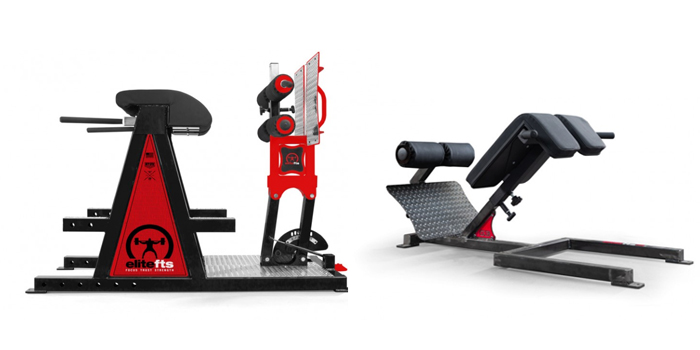
The training of the core is something that in recent times has become a buzzword in the world of strength and fitness. The general public generally believes that training the core is done through planks, side planks, or any other abdominal-based stability exercise. However, when one begins the training of compound movements, such as the squat, deadlift, any single-leg movements, etc., a trainee will soon realise that the core is more than just about the abdominals.
The core encompasses the rectus abdominis (six-pack muscle), the transverse abdominis (deep, stabilizing stomach muscles), the obliques (lateral bending and anti-bending muscles), the QL (works as a trunk stabilizer with and against the same side and opposing glute medius), and the spinal erectors (the muscles of the lower back).
RECENT: FAI and the Rehab Process: Re-Activation and Re-Alignment
This article will focus on the spinal erectors, when one needs to place a focus on them, the exercises used to strengthen them, and how the variations should be used, progressed, and changed throughout the training process.
The Importance of Training the Spinal Erectors
The abdominal muscles, particularly the transverse abdominis, get a lot of attention as the primary stabilizers and the most important muscles to train when discussing strength of the trunk. This is due to the transverse abdominis’ role in intra-abdominal pressure, which is one of the most important aspects of keeping the spine stable throughout movements where loaded spinal extension is needed (deadlift, squat, etc.). Much research has shown the involvement of the transverse abdominis in intra-abdominal pressure.1, 2
However, intra-abdominal pressure and the transverse abdominis has have been extensively researched and written about, so this article is about the surprisingly often-forgotten spinal erectors. For some reason, in the discussion of strength, and very often, sports performance, practitioners tend to gloss over the importance of spinal erector strength and see it as far less important than transverse abdominis, obliques, and other anterior-facing muscle groups.
This is a major downfall to many beginning and intermediate strength programs, as (as the name suggests) the spinal erectors are there to keep the spine upright. No matter how much intra-abdominal pressure your transverse abdominis can help to produce, a weak set of spinal erectors will greatly reduce a person’s ability to squat or deadlift heavy and will increase the risk of spinal injury.
Contrary to popular belief, squatting and deadlifting heavy are not enough strength work for the lower back, and a specific focus should be placed on lower back strength for beginners all the way to the advanced lifter.
The following section will give a list of different exercises for primarily focusing on the lower back, as having variability in exercises and different ways of measuring progress will ultimately be a large part of making continual progress.
Exercises to Strengthen the Spinal Erectors
Airplanes
The Airplane is the most rudimentary of any exercises for the lower back. It is done with just one’s body weight and can be performed just about anywhere. The airplane is done by lying face down on the ground. From here, the person will raise their legs and upper back off of the ground and hold this position for 2 to 60 seconds, depending on whether they are working on dynamic or isometric strength.
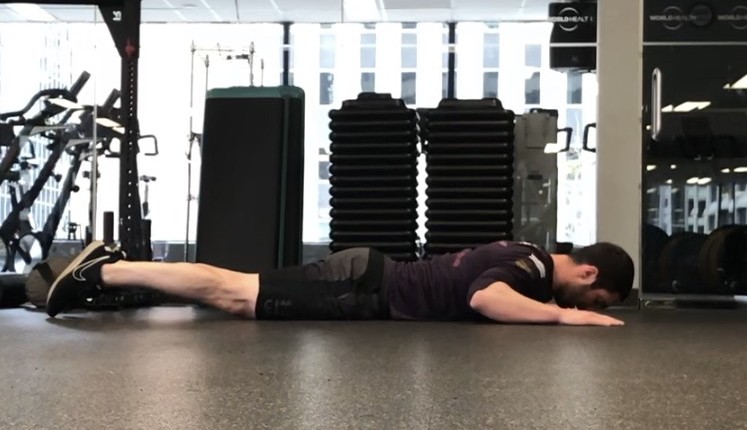
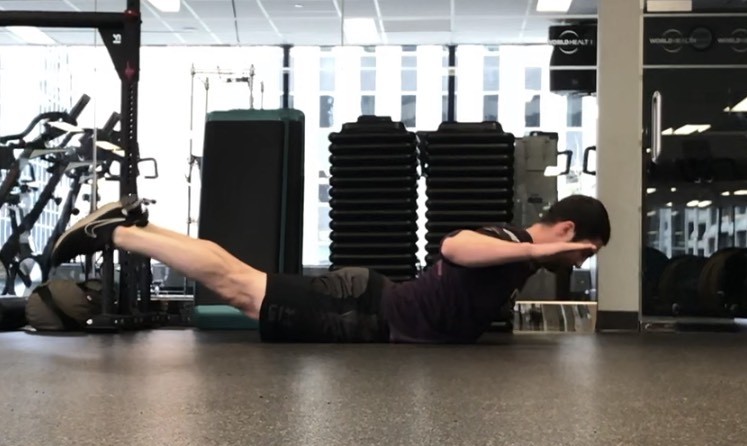
GHR Back Extension
The Glute-Ham Raise (or sometimes called the Glute-Ham Developer) should be a staple in the training program of a strength athlete, whether it is used for isometric holds, GHR deadlifts, or back extensions. The back extension is performed by the person assuming a face-down position in the GHR, with their hip just off of the padding and their knees straight. From here, the person will flex their hip, bringing their torso perpendicular to the ground and come back up to full spinal and hip extension. The back extension can be performed with just bodyweight, a plate on their chest or a barbell on their traps (depending on the experience of the trainee).
The back extension is an exercise that will load the spinal erectors and the hamstrings. Depending on your own personal anthropometry and biomechanics, the level of hamstring/lower back engagement will vary between individuals.
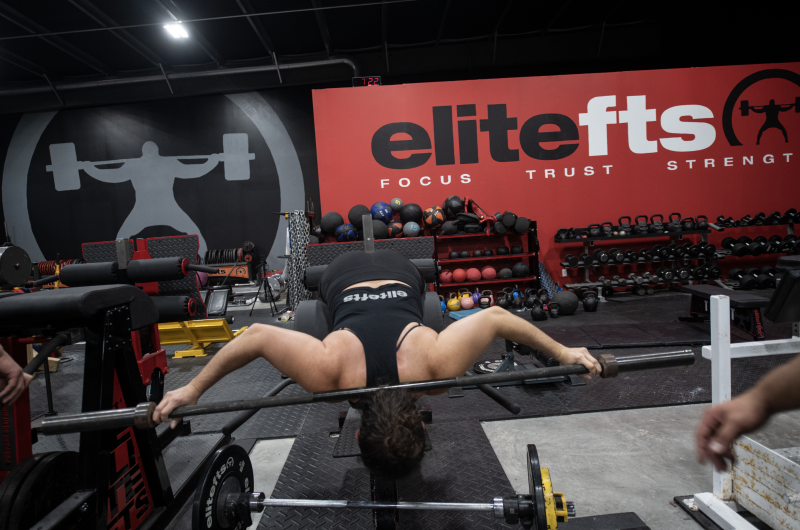
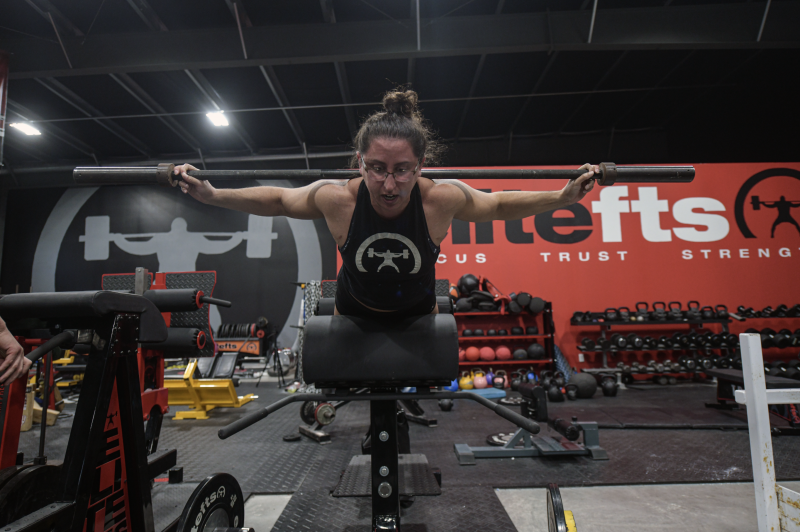
GHR Back Extension Isometric Hold
A variation of the back extension is an isometric hold. Here, the person will assume the top position of the back extension and will hold for anywhere between 10 to 60 seconds depending on the experience of the trainee and weight being used.
GHR Deadlift (Snatch Grip and Clean Grip)
The GHR Deadlift is performed in the same way as the back extension; however, instead of the bar being placed on the person’s back, a loaded barbell will be placed on the ground. From here, the person will grab the bar and come to full spinal and hip extension. This movement can be done with a snatch grip (more range of motion, more upper back engagement, more hamstring engagement, lighter load) or a clean grip (less range of motion, less hamstring engagement, more direct focus on spinal erector extension strength).
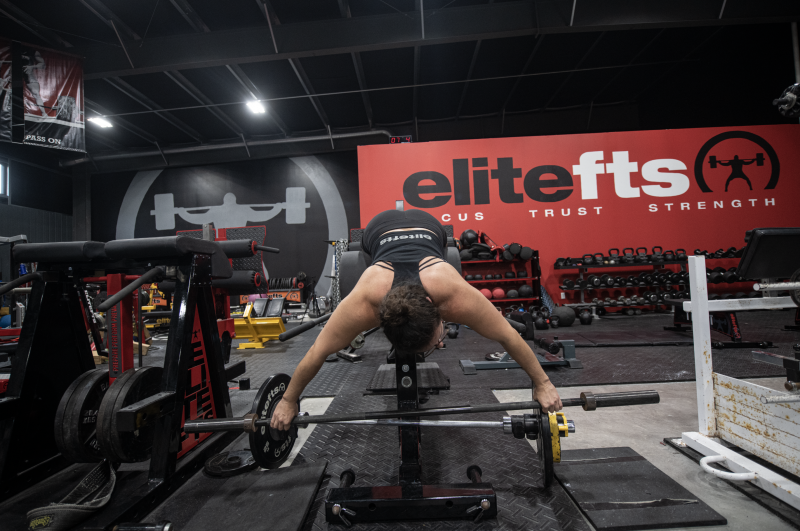
45-Degree Back Extension (Full ROM and Reduced ROM)
All of the movements performed on the GHR can also be done on a 45-degree back extension. Generally, if a person feels more of their lower back than hamstring engagement on the GHR back extension, they will feel more hamstring engagement on the 45-degree back extension and vice versa. The 45-degree deadlift can also be performed here (which has been talked about extensively as a favourite of Pete Rubish’s).
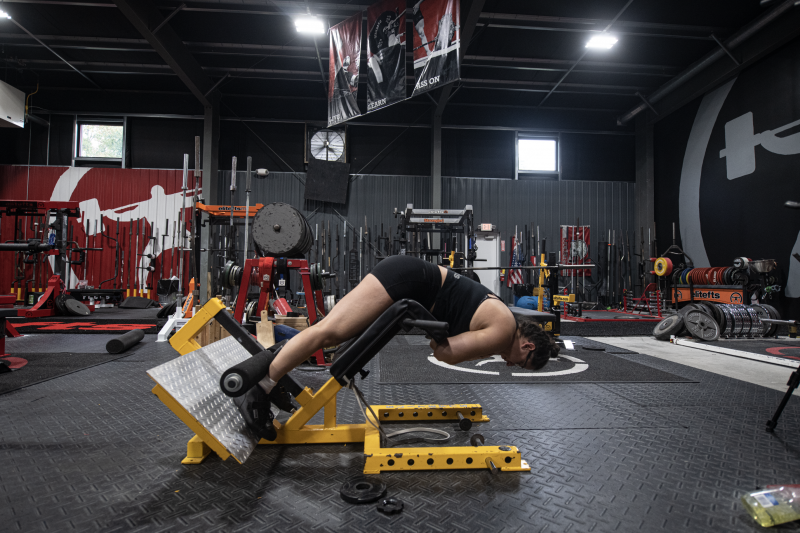
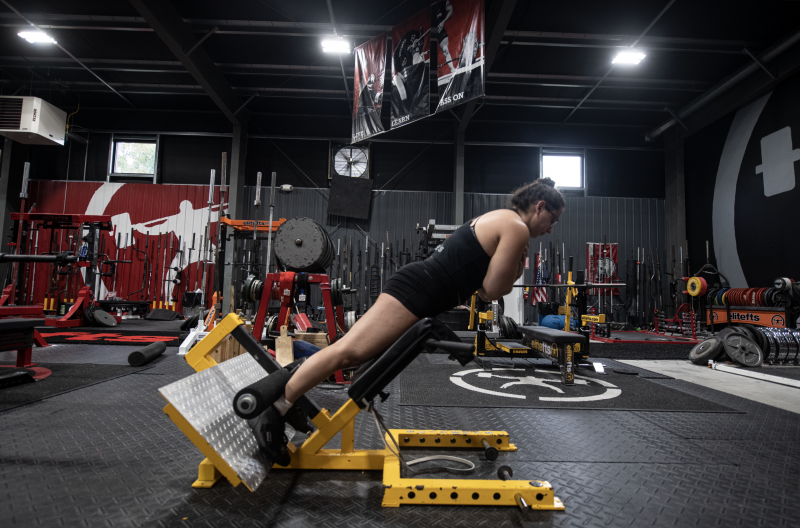
Single-Leg 45-Degree Back Extension
The most advanced movement that can be done on the 45-degree back extension is the single leg back extension. Here, the person will assume the position of a regular back extension but one foot will be hovering on the back of the padding. From here, the person will attempt to perform a back extension. This puts a far greater load on the lower back and the hamstring being worked. In addition, it also highlights any imbalances from one hamstring to the other.
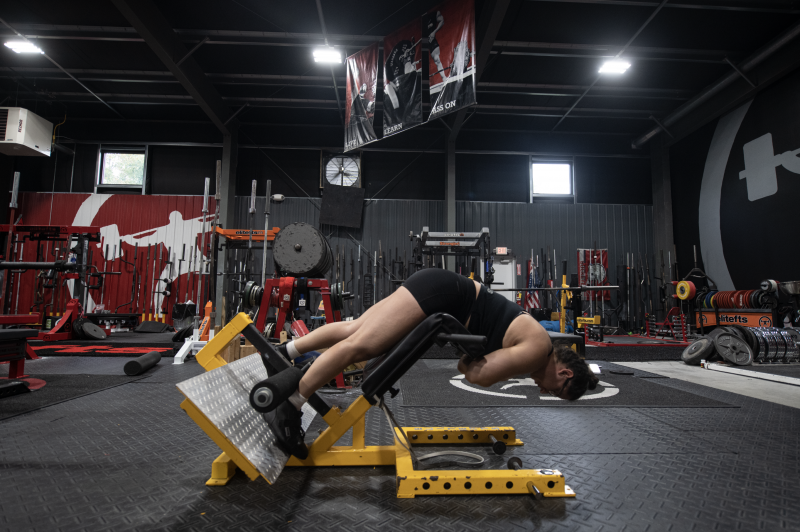
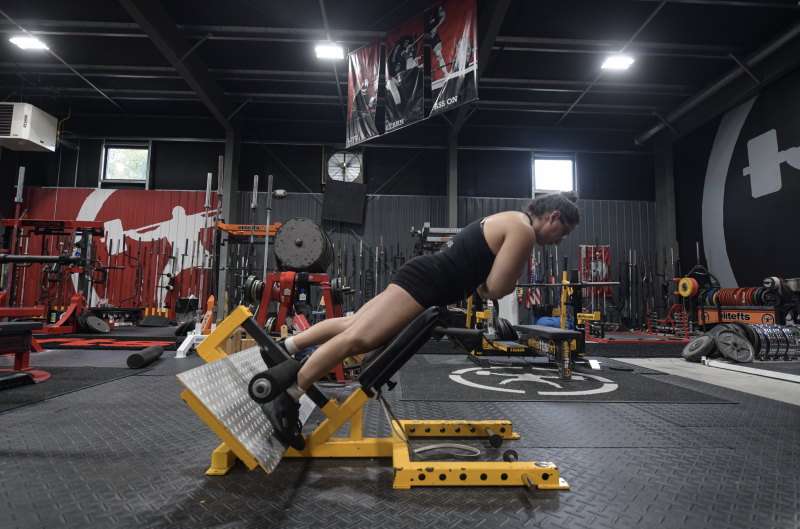
The Programming of Lower Back Strengthening
Anybody looking to increase their squat and deadlift strength should always be looking to have a strong lower back; however, ultimately a person’s anthropometry and individual biomechanics will dictate how much importance (in regards to other accessory work) a person should place on their lower body accessory work. The length of one’s femur/tibia/torso will greatly dictate how strong a person’s lower back needs to be. A short femur with a (relatively) long tibia and torso will generally lead to a person having an upright quad-dominant squat, whereas a long femur with a relatively short tibia and torso will lead a person to having a leaned over Good Morning type of squat.
The leaned over squatter will naturally place a far greater load on the lower back, greatly increasing the amount of necessary force needing to be produced by the spinal erectors to avoid spinal flexion.3
While this type of squat is not ideal and other accessory work should be performed to increase quad and glute strength to improve torso positioning, increasing one’s spinal erector strength is of great importance to avoid the spinal flexion that can more easily occur in a leaned over squatter.
Therefore, if you find yourself in the category of a leaned over squatter, training the lower back should be an accessory priority and should be performed between one to two times a week, depending on the squat/deadlift volume that will accompany the program.
The following are guidelines for how lower back accessories should be programmed within a three- to six-week cycle:
- They should always be performed after a lower-body session
- They should be taken as a repetition effort exercise and should therefore be performed for 2-5 sets of 8-20
- The weight/repetitions/sets should be progressively overloaded for 3-6 weeks
- The first week should only be done at an RPE 5-6 or lower, and the stimulus should be progressed weekly until the sets being performed are an RPE 8-9
- One or two exercises (depending on if you’re training the lower back once or twice per week) should be focussed on for a cycle
- Once RPE 8-9 has been reached, a new exercise should be placed for a focus for the following 3-6 weeks
- Sets should never go to failure or to RPE 10, the spinal erectors can take a long time to fully recover and given their involvement in very many exercises and daily activities
- Never aim to let their spinal erectors go to full fatigue, as this can greatly affect upcoming sessions
- Full range of motion and controlled eccentric portions should be prioritized when training the lower back
- One should make a note as to not hyperextend their lower back, to where their spine goes passed a neutral level
- The person should also make a conscious effort to squeeze their glute at the top of each movement, as this will help to prevent hyperextension of the spine and will improve positioning
Conclusion
The spinal erectors have unfortunately not received the attention that they should have when discussing the strength of the trunk, especially regarding the beginner and intermediate lifters and in strength and conditioning. Having a strong set of spinal erectors allows for better positioning in any squatting or pulling movement, allows for better transfer of power from the legs to the barbell, increases one’s ability to produce intra-abdominal pressure, and reduces overall injury risk.
Placing a focus on them and periodizing their lower back training in a well thought out manner will greatly enhance one’s training program and will be of great benefit to sporting and strength sporting performance.
References
- Cresswell, A.G., Grundström, H. and Thorstensson, A., 1992. Observations on intra‐abdominal pressure and patterns of abdominal intra‐muscular activity in man. Acta Physiologica Scandinavica, 144(4), pp.409-418.
- Neumann, P. and Gill, V., 2002. Pelvic floor and abdominal muscle interaction: EMG activity and intra-abdominal pressure. International Urogynecology Journal, 13(2), pp.125-132.
- Schoenfeld, B.J., 2010. Squatting kinematics and kinetics and their application to exercise performance. The Journal of Strength & Conditioning Research, 24(12), pp.3497-3506.
Noel FitzGibbon is a former international underage-level weightlifter who has represented Ireland at the European level and has achieved a World Ranking with the IWF. He has coached in strength and conditioning and weightlifting/powerlifting at a provincial, national and international level. He is currently working as a personal trainer and a strength and conditioning coach out of Calgary, Canada.










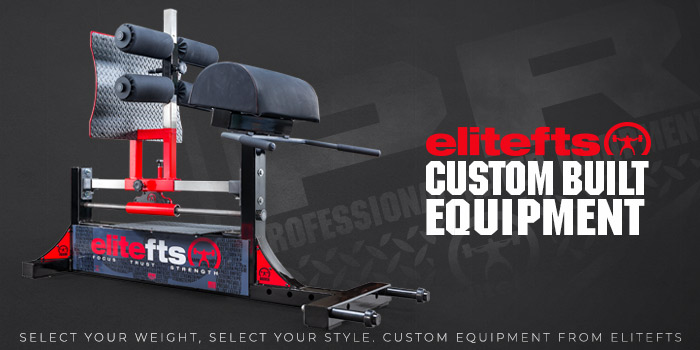
1 Comment